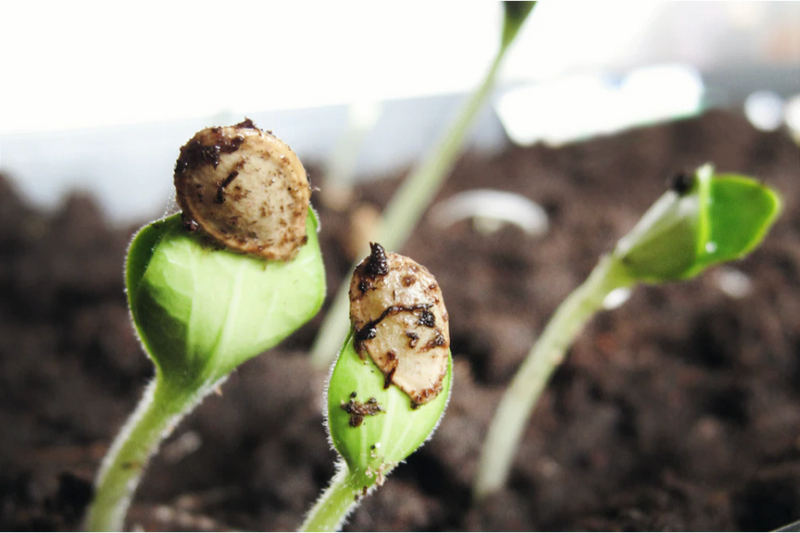
Our guide to keeping a great lawn will help you to take the steps needed to ensure it is lush, green, and in good health. Lawns are essential aspects of many gardens and can bring so much to a garden design. From long, straight formal lawns to curved edges surrounded by perennials and bedding plants, the lawn is a place to lounge, exercise, and play.
Keeping a Great Lawn Requires Care
Even a patchy lawn can be saved with the proper care and attention.
- If your grass looks tired or not in the best condition, your lawn will just need some time and attention to bring it back to life.
- As the weather warms up during spring, start to cut your lawn on the highest setting on your mower. This will ensure your grass doesn't go into shock when it first gets cut.
- Then, gradually lower the setting, so each time you mow, the setting is lower.
- If you spot moss, spring is a good time to remove it. If you need to feed your lawn, apply lawn feeding when rain is due so the lawn feeding can be absorbed into the soil.
Summer Tips For Keeping a Great Lawn
During summer, your lawn can look a little well-used, especially if you have children or pets playing outside all of the time. You can apply a pet-friendly fertilizer and water well. After August, its best to switch to a fall fertilizer to help prep the lawn for winter because any new growth may get damaged as autumn approaches and the weather gets cooler. If it is patchy, you could re-sow seeds in late summer/autumn and protect them from little feet.
Keeping a Great Lawn Means Sowing More Seeds
There will be times when you need to reseed your lawn. Just remove any weeds in autumn or spring, rake a light layer of top soil over the surface, and break it up a little before sowing seeds and watering. You must pick the best seed for your lawn and if there is heavy footfall, make sure it is hard-wearing, so it is easier to maintain when used a lot.



